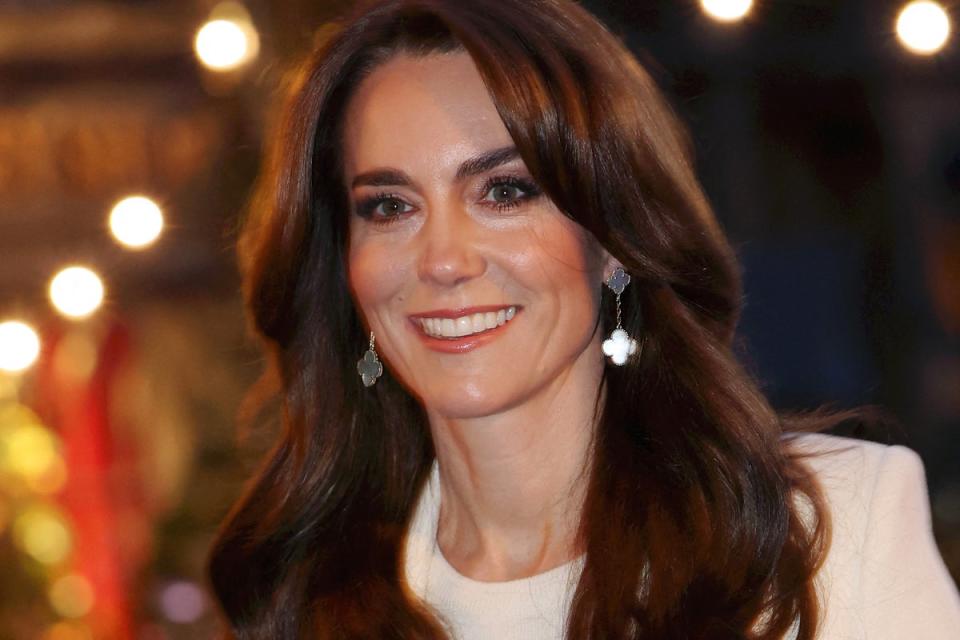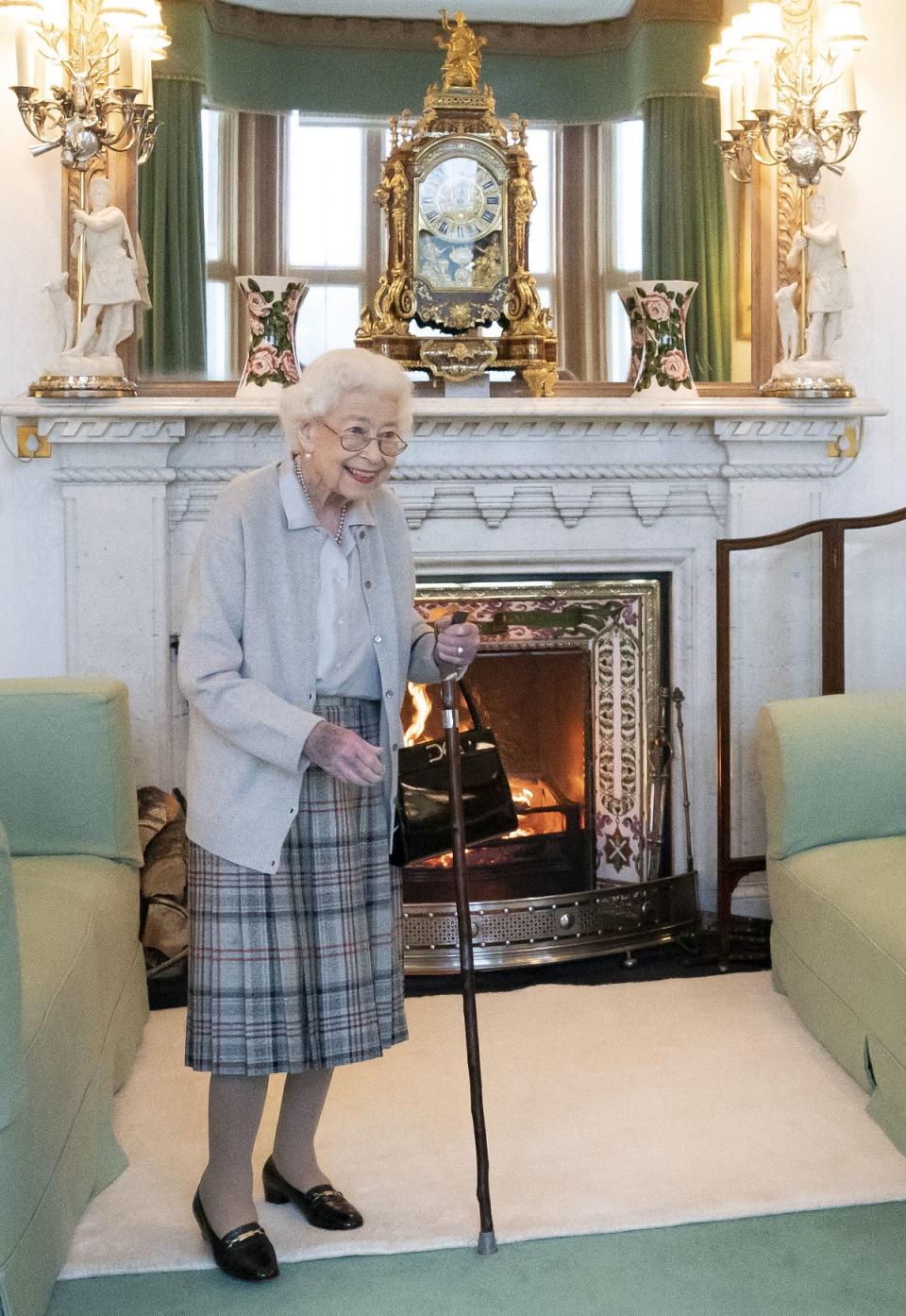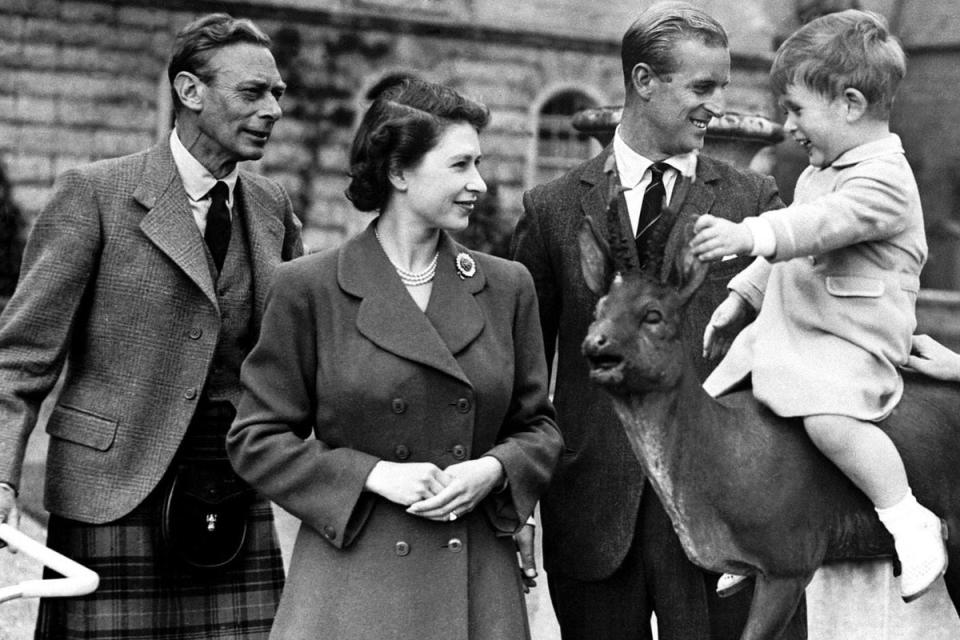King Charles cancer diagnosis: The history of illnesses in the Royal Family
- Oops!Something went wrong.Please try again later.
In a shock announcement, King Charles shared he had been diagnosed with cancer following treatment for a benign enlarged prostate.
The Royal Family has not yet specified the form of cancer but he will start regular treatment and will postpone public duties. However, he will continue to work on State business and official paperwork.
The monarch was diagnosed with the disease whilst undergoing separate treatment for an enlarged prostate in January at the London Clinic.
Expressing his gratitude to the medical team for their quick intervention, the King is feeling positive about his treatment and hopes to return to his royal duties, says the Royal Family.
In a statement issued yesterday, the family said: “His Majesty has chosen to share his diagnosis to prevent speculation and in the hope it may assist public understanding for all those around the world who are affected by cancer.”
The discovery comes after he was hospitalised at the same time as Kate Middleton was recovering in the London Clinic after abdomen surgery.
Here is a look back at the history of health issues in the Royal Family.
Kate Middleton
In January, the Princess of Wales entered the London Clinic to have abdominal surgery for an unspecified condition.
The exact details of the princess’s condition have not been revealed but the Palace said previously it was not cancer-related, and that Kate wished her personal medical information to remain private.

Sarah Ferguson
Sarah Ferguson, the Duchess of York, was diagnosed with skin cancer in January 2024, just months after she received treatment for breast cancer.
In July 2023, the 64-year-old had an eight-hour mastectomy – but unfortunately last month, during the follow-up surgery, dermatologists, when removing several moles, found one to be malignant melanoma.
The Duchess is now undergoing further tests to see if the cancer has spread to other parts of her body but is said to be in good spirits.

Queen Elizabeth II
The much-loved Queen Elizabeth II died on 8 September 2022 after a record-long reign of over 70 years, aged 96.
The Queen was hospitalised in October 2021 shortly after the death of her husband Prince Philip. The monarch then did not attend several public appearances due to dwindling health, as she reportedly suffered from low energy and weakness.
In February 2022, she tested positive for Covid after suffering from mild cold-like symptoms, the Palace reported at the time.
She was pronounced dead at 3.10pm on 8 September 2022 by Dr Douglas James Allan Glass. Her cause of death was deemed to be old age.

Prince Philip
The Queen’s beloved husband died at the age of 99 in April 2021, his cause of death was officially recorded as “old age”.
Leading up to his passing, the King had been discharged from the hospital following treatment for a pre-existing heart condition.
In 2012, he missed the Queen’s Diamond Jubilee celebrations due to a bladder infection and in 2011 he was helicoptered from Sandringham to hospital due to chest pains - he was then treated for a blocked coronary artery.
The royal was involved in a car crash two years earlier when a vehicle hit his car, however he was not injured but sought medical advice out of precaution.
Queen Mother
Queen Elizabeth I, the Queen Mother, died aged 101 in 2002 after suffering from ulcers on her left leg and persistent hip problems which led to mobility issues in her old age.
In 1995, she had a right hip replacement and three years later, her left hip was replaced.

King George VI
On February 6 1952, King George VI died in the middle of the night.
He had survived a major operation to remove his left lung in September 1951, but succumbed to a blood clot just a few months later.
It caused a coronary thrombosis, the blockage of the coronary arteries that carry blood to the heart, leading to a sudden collapse and fatal heart failure.
His death came as a shock to the public and the royal family, as even the King was not informed of the full extent of his illness.
It later came to light he had been suffering from lung cancer after smoking heavily all his life.

Edward VIII
King George VI’s brother was the reigning monarch until he abdicated the throne in January 1936.
Like his brother, he was a frequent smoker and died in 1972 after battling throat cancer.

